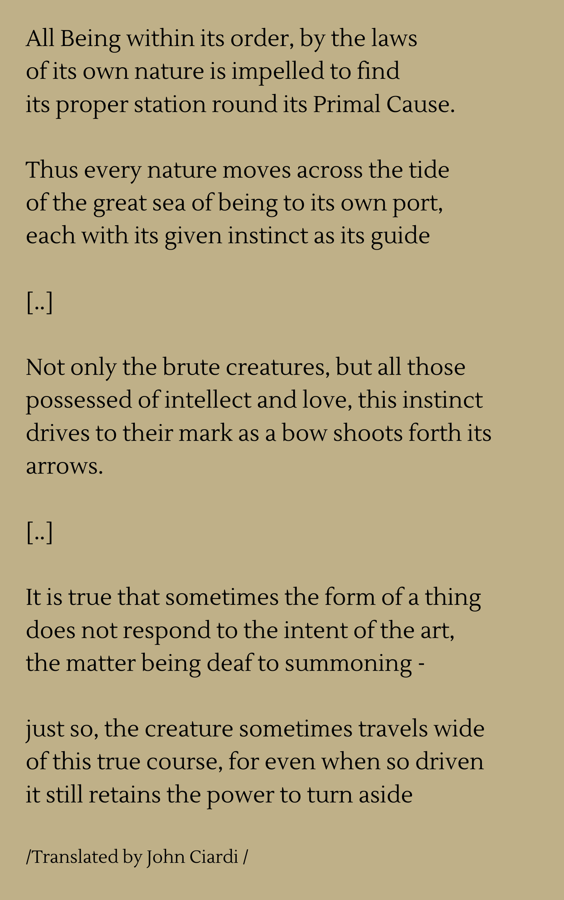..Men are not such sots nowadays as they were in the days of yore..
Author of the book ''Le cinquiesme et dernier livre des faicts et dicts héroïques du bon Pantagruel'' (c.1564.) in his prologue raises and solves interesting question that is still on the minds of many a member of our modern day respectable general public.
Well, honestly, weren't those people in the past a bit stupid?
Had they even iron, or any metal at all back in middle ages?
They built such a huge windows in this castle, but certainly hey did not have glass at such an early time (let''s say 1400)!
They did not wash and there were lice, rats and pest everywhere.
..And so on... [Always remember that ''they'' were your own grand, grand, grand [..] grandfathers and grandmothers].
And here an excerpt from aforementioned prologue:
''Pray, why is it that people say that men are not such sots nowadays as they were in the days of yore? Sot is an old word that signifies a dunce, dullard, jolthead, gull, wittol, or noddy, one without guts in his brains, whose cockloft is unfurnished, and, in short, a fool. Now would I know whether you would have us understand by this same saying, as indeed you logically may, that formerly men were fools and in this generation are grown wise? How many and what dispositions made them fools? How many and what dispositions were wanting to make 'em wise? Why were they fools? How should they be wise? Pray, how came you to know that men were formerly fools? How did you find that they are now wise? Who the devil made 'em fools? Who a God's name made 'em wise? Who d'ye think are most, those that loved mankind foolish, or those that love it wise? How long has it been wise? How long otherwise? Whence proceeded the foregoing folly? Whence the following wisdom? Why did the old folly end now, and no later? Why did the modern wisdom begin now, and no sooner? What were we the worse for the former folly? What the better for the succeeding wisdom? How should the ancient folly be come to nothing? How should this same new wisdom be started up and established? ''
[..]
''You are not yet disposed to give me an answer; nor I neither, by these whiskers. Yet to give some light into the business, I'll e'en tell you what had been anciently foretold in the matter by a venerable doctor, who, being moved by the spirit in a prophetic vein, wrote a book called the Prelatical Bagpipe. What d'ye think the old fornicator saith? Hearken, you old noddies, hearken now or never.
The jubilee's year, when all like fools were shorn,
Is about thirty supernumerary.
O want of veneration! fools they seemed,
But, persevering, with long breves, at last
No more they shall be gaping greedy fools.
For they shall shell the shrub's delicious fruit,
Whose flower they in the spring so much had feared.
Now you have it, what do you make on't? The seer is ancient, the style
laconic, the sentences dark like those of Scotus, though they treat of
matters dark enough in themselves. The best commentators on that good
father take the jubilee after the thirtieth to be the years that are
included in this present age till 1550 (there being but one jubilee every
fifty years). Men shall no longer be thought fools next green peas season. ''

Seeds
Although this section of the page has been announced as '' a minuscule goldmine for
those interested in history, art, technology, and philosophy'' on the opening page of this darkest of all markets, any resource - an idea, an inspiration, a piece of knowledge or know-how, an image, a bunch of words gathered masterfully in a fist that just punches through, even a melody - can, in a fertile mind, all become seeds of unparalleled deeds and achievements.
But a resource is also something more tenable - a right kind of material, a good tool, a hard-to-come-by supplies of whatever description of materia. These are the seeds that awaits for an idea to become alive.
So, as the spring is not yet here, but is not behind the mountains either, it is a right time to think about seeds - seeds in the most direct meaning of this word.
There are quite many plants involved in traditional crafts, so are they also in boneworking, not to mention medieval household, medicine and kitchen.
Therefore we bring to your attention this rich place:

Operating from Ukraine, they have a wide array of marvelous plant seeds. Especially interesting to you could be probably not so much the hundreds of varieties of tomatoes and tobacco, but the menu of their herb seeds - madder, safflower, woad, St. John's wort, flax... But see also their berry, flower and cereal seeds! The search engine on their page can prove to be helpful.
Our own experience with Organic Seeds last spring was most satisfactory - seeds were sent in a nice padded envelope by post, rapidly and cheaply. Carefully wrapped in a page of some old magazine, containing words ''May God protect you'' and such, the small package radiated something warm, something beyond ''buy and sell''.
Needless to say, their seeds can help to make this spring brighter and warmer not only to us at receiving end, but also to the growers themselves these days...
Help yourselves!
The books without trees
Innovative academic publishing.
At Sidestone we believe in Open Science and in authors retaining full
copyright of their work. Our full-colour printed books can be found in
libraries and (online) bookstores around the world, and our Open Access
e-books can be freely accessed online through various channels. We work
with our clients to create the best-looking books possible, as quickly
as possible, for the best price possible – both for the authors and
those purchasing the book.
// From the home page of Sidestone press//
Every scholar and researcher will applaud a possibility to read the newest books on their field of interest in all of their entirety, right there and then and absolutely free of charge. It sounds like a dream, but here it is so digitally tenable: https://www.sidestone.com/
And what books they are, mind you - in a league with the best academic publishing!

So, you go to section ''Books'', choose among the 16 main topics, then find a title that seems promising or interesting to you, click on '' Buy options & Digital access'' and then proceed to ''Read Online''. The reader will be opened, search engine included, to get you to the parts you are interested the most faster and with ease. If it turns out to be a book you cannot imagine your life without anymore, you can buy downloadable PDF file or even consider to buy a printed version of the book. Anyway it is a great digital library without restrictions.
99% sur les épaules de Darwin
There are two excellent radio programs we would like to warmly recommend you:
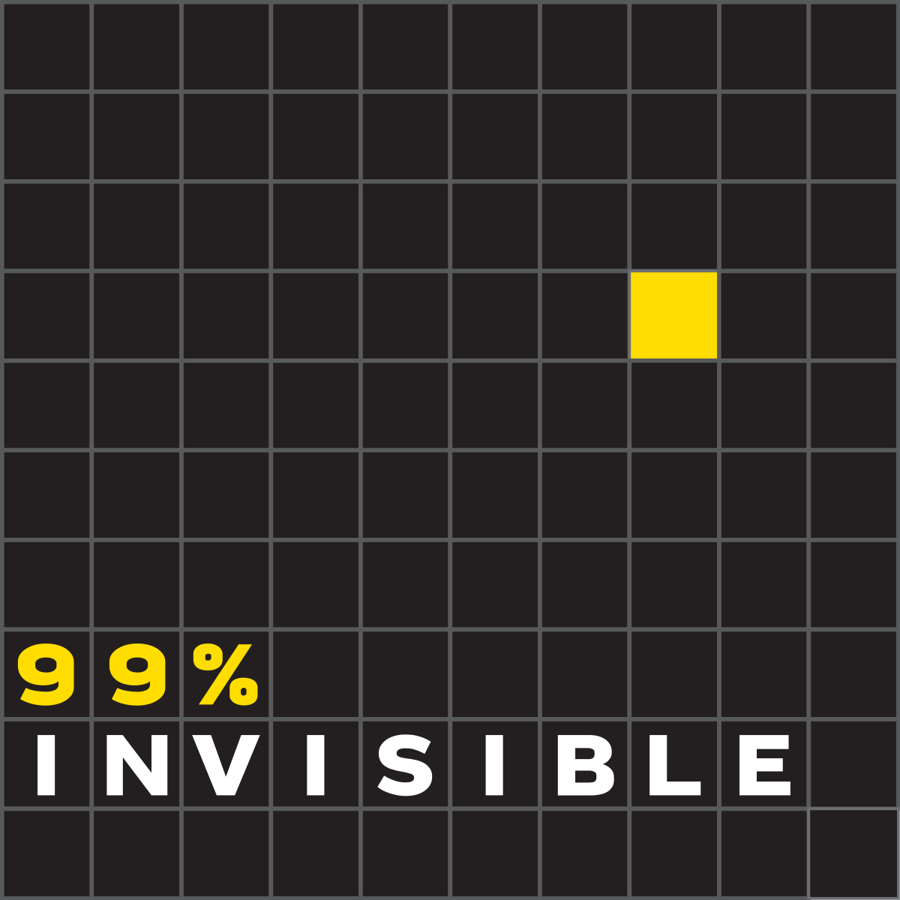
99% Invisible is a smartly directed and usually highly entertaining program about design, architecture and wide array of similar such things that remains nearly invisible although in plain sight. Stories, histories, music and sound, books, persons, objects, places and whatnot. With now already 500+ episodes you will have a lot to catch up with.
https://99percentinvisible.org/episodes/
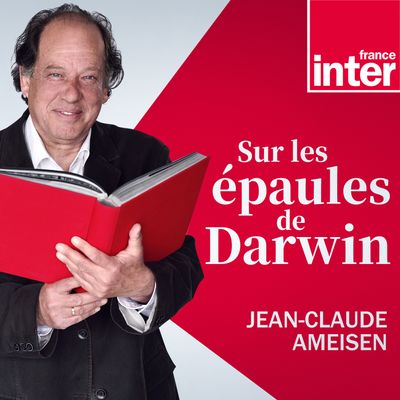
The other most loved program among our team is called Sur les épaules de Darwin. ''To climb on giant's shoulders and to see further - to see into invisible, through the space and through time, to look deeper in ourselves and to that what we have experienced...'' Each episode has so finely and tastefully polished script that it borders on poetry. This notion is amplified even more through the voice of Jean Claude Ameisen. Highly engaging program about nature, history, philosophy, science, art... Often these topics masterfully and unexpectedly switches in the span of a sentence. True masterpieces.
https://www.radiofrance.fr/franceinter/podcasts/sur-les-epaules-de-darwin
What's more - both of these programs has ''sprouted'' some nice books (for the times when not only the head, but also the hands are free).
In the case of 99% invisible it is The 99% Invisible City: https://99percentinvisible.org/book/
Sur les epaules de Darwin has resulted in these titles:
Sur les épaules de Darwin. Les battements du temps
Sur les épaules de Darwin. Je t'offrirai des spectacles admirables
Sur les épaules de Darwin : Retrouver l'aube
Les chants mêlés de la Terre et de l’humanité
Aside from these, Jean Claude Ameisen is the author of half a dozen other books that would be worth good reading.
The small wonders
How many angels can stand on the point of a needle?
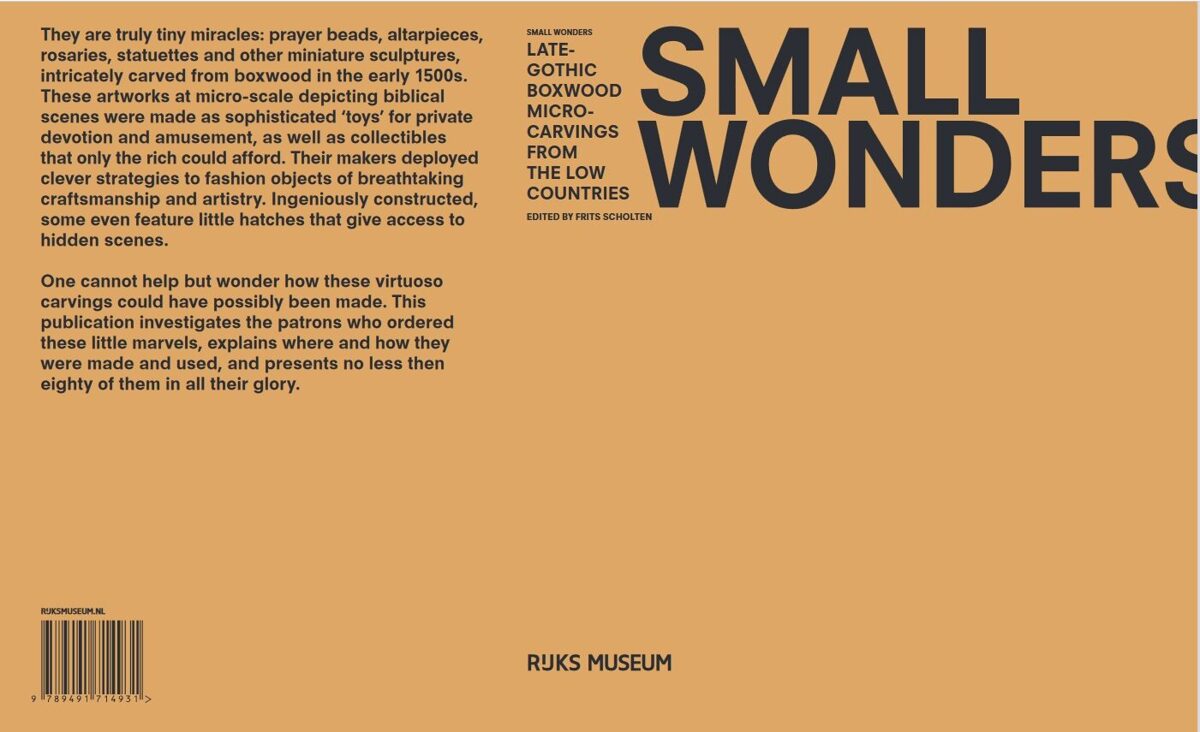
''Small in scale, yet teeming with life, miniature boxwood carvings have been a source of wonder since their creation in the Netherlands in the 16th century. On these intricately carved objects—some measuring a mere two inches (five centimeters) in diameter—the miracles and drama of the Bible unfold on a tiny stage. The execution of these prayer beads and diminutive altarpieces is as miraculous as the stories they tell.'' /From the introduction to the exposition ''Small Wonders: Gothic Boxwood Miniatures'' in the Metropolitan Museum, New York February - May 2017./
The exposition itself has ended a long time ago, but the catalogue is still here, engaging and full of wonders. (Exposition has been organized
as a cooperation of three museums - The Metropolitan Museum of Art, New York; the Art Gallery of Ontario,
Toronto; and the Rijksmuseum, Amsterdam, that's why the book with
Rijksmuseum logo is found on the page of Art Gallery of Ontario):
https://boxwood.ago.ca/publication/small-wonders-late-gothic-boxwood-micro-carvings-low-countries
At the time we are writing this, the link to our favorite chapter in this catalogue - ''Scale, prayer and play'' by Frits Scholten does not redirect correctly. Use this link instead: https://boxwood.ago.ca/sites/default/files/smallwonders_171-210.pdf
The webpage dedicated to this exposition on the Met Museum homepage were you can find also some of the objects: https://www.metmuseum.org/exhibitions/listings/2017/small-wonders
Waldemar Januszczak Documentaries
The series can be categorized in two groups: The General Art History and A Mystery of an Artwork. We shall link here only some of the series that we find relevant - those dealing with times from the early medieval era till Renaissance, but be sure that there is more. Suit yourselves!
The General Art History
What The Barbarians Did For Art: The Huns, Vandals and Goths: https://www.youtube.com/watch?v=7qPA3Y38asM
How Muslim Art Challenges The Dark Ages Myth: https://www.youtube.com/watch?v=ugvQIjwbd6U
Men Of The North: https://www.youtube.com/watch?v=UnNLDaaJvLU
The Great Myths of the Renaissance: https://www.youtube.com/watch?v=mxU0wAjm0D4
The Renaissance And The Afterlife: https://www.youtube.com/watch?v=t4nTTHd5efA
The Untold Darkness Of The Renaissance: https://www.youtube.com/watch?v=RMWAKJerd7Q
A Mystery of an Artwork
The Intriguing Psychology Behind Botticelli's Venus: https://www.youtube.com/watch?v=jbD2_r9zoio
Why Is The Mona Lisa The World's Most Famous Painting?: https://www.youtube.com/watch?v=YRPwbdIhYOU
The Unsettling Secrets Hidden In Holbein's Tudor Portraits: https://www.youtube.com/watch?v=cWGvPjNPo1U
The Long Disputed Meaning Of Van Eyck's Painting: https://www.youtube.com/watch?v=iZNvYvxetoo
The Many Perplexing Interpretations Of The Tempest: https://www.youtube.com/watch?v=ypJEsnjt0qk
Translation of the Nurenberg chronicle
/ Mosurinjohn S.C., Ascough R. The Nuremberg Chronicle: Art, Artefact, and the End of the World // QUEEN’S QUARTERLY 127/3 ( FALL 2020) pp. 439 - 459 /
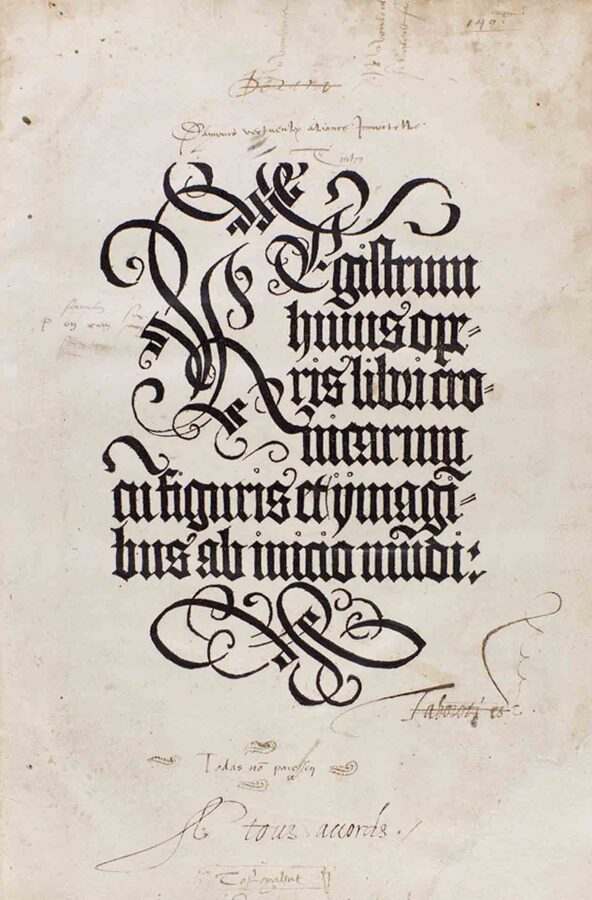 The title page of the Nuremberg chronicle
The title page of the Nuremberg chronicle
(https://www.vassar.edu/specialcollections/exhibit-highlights/2011-2015/nuremberg-chronicle/)
If woken up in the middle of the night and asked about it, certainly all of us could state at least a few most prominent facts - that Nuremberg Chronicle can be considered to be the first printed encyclopedia [1], that it is famous for its nearly two thousand woodblock illustrations in the creation of which also the young
Albrecht Dürer
probably
participated. That it is otherwise quite an obscure book dealing with bible stories, history, geography, and whatnot...
...And for those who aren't native Latin speakers and those not so well versed in German it ends more or less about there. No matter that since the first print of the chronicle in 1493 shiploads of paper might have been spent to describe, contextualize and analyze it , the very essence of this pivotal artifact remains hidden for us. It is indeed a pivotal work, this encyclopedia, for if we might read and absorb the knowledge and views it provides we would unlock, so to speak, the mindset of well read renaissance man. Invaluable gain not only to the historians devoted to this era, but even more so to the enthusiasts of living history.
Then what a luck, that indeed we have it translated for such as us! Here it is, the English translation, and even better - with comments:
https://archive.org/details/NurembergChronicleTranslatedInEnglish/mode/2up
A clumsier digital version of the same translation text with the same comments:
https://digicoll.library.wisc.edu/cgi/t/text/text-idx?c=nur;cc=nur;view=toc;idno=nur.001.0004
Reader will notice from the very first pages in the Nuremberg Chronicle the stark difference between our modern day schoolbook fast - forward kind of history doctrine and the on-ground reality testified by this text.
It is not that one fine day at the dawn of Quattrocento Europeans proudly demonstrated their collective digitus infamis to the Godhead and then at last proudly lift eyes at the humanism, exact sciences and new glorious era of arts. It is, in contrary, a perfect balance to what this book attest, between flourishing faith, humble self respect, yearnings for exact and clear knowledge and dreamy mist of legend and tale. A balance in which without harm the opposites brings forth fullness. A balance that is so much lacking in our own era, a balance, that probably made the renaissance what it was, and maybe the lack of which makes our era what it is.
[1] If we count the Isodore's of Seville
Etymologiae, composed around the year 600 and first time published in print in
1472, as one belonging to a different league than the renaissance creation described here.

The work of the sixth day. Folio V recto of the Nuremberg chronicle
https://collections.artsmia.org/art/76118/the-sixth-day-of-creation-michael-wolgemut
Der Architekt (Wiener Monatshefte für Bauwesen und decorative Kunst)
It is often stated that Egyptian pyramids are something that our modern civilization cannot repeat. Even using our most powerful and effective building tools such an undertaking is beyond the capacity of our cheap-and-fast era societies.
But it is not only ''the wonders of the world'' that are beyond our abilities. Even an average 5-story Art Nouveau-style building of brick and mortar is something nobody would dare to undertake nowadays. First of all - the esthetic tradition of this style would prove too demanding for most of the architects who lack the necessary schooling in the art of proportion, style, and taste. Secondly - It would nowadays take half of the budget of a state to pay the bricklayers, sculptors, carpenters, etc, involved in making such a building. And lastly - there would be only a handful of craftsmen capable of working with traditional building techniques qualitatively enough not to mention the quality and cost of the available building materials themselves.
 A German bricklayer, 1928
A German bricklayer, 1928
 The Parquet Planers (The Floor Scrapers), Gustave Caillebotte, 1875
The Parquet Planers (The Floor Scrapers), Gustave Caillebotte, 1875
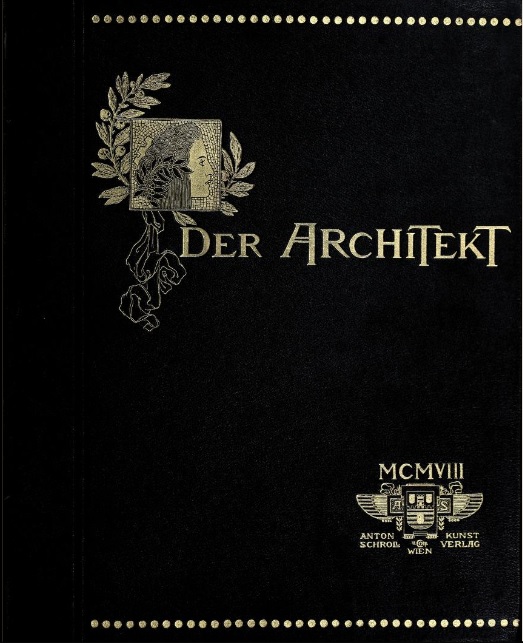
Altogether
''Der Architect'' was issued once a year starting from 1895 to 1922. Below we list the links to the digitalised issues we have managed to find. In our opinion the Internet Archive holds the best versions, in them one can still ''feel'' also the creamy coloured paper. There are also the versions digitalised by Österreichischen Nationalbibliothek (https://anno.onb.ac.at/cgi-content/anno-plus?apm=0&aid=arc). These are in sterile black-and-white and some of the magic is thus lost in them, but again - they are arranged in a clear order and they have almost all issues, what cannot be said about Internet Archive's versions.
1895: https://archive.org/details/gri_33125014895128/mode/2up
1896: https://archive.org/details/gri_33125006200899/mode/2up
1897: https://archive.org/details/gri_33125006200907/mode/2up
1898: https://archive.org/details/gri_33125006200915/mode/2up
1899: https://archive.org/details/gri_33125006200923/mode/2up
1900: https://archive.org/details/gri_33125014895185/mode/2up
1901: https://archive.org/details/gri_33125006200931/mode/2up
1902: https://archive.org/details/gri_33125006263079/mode/2up
1903: https://archive.org/details/gri_33125006200949/mode/2up
1904:
1905: https://archive.org/details/gri_33125006200956/mode/2up
1906: https://archive.org/details/gri_33125014895243/mode/2up
1907: https://archive.org/details/gri_33125014895300/mode/2up
1908: https://archive.org/details/derarchitekt14fell/mode/2up
1909: https://archive.org/details/derarchitekt15fell/mode/2up
